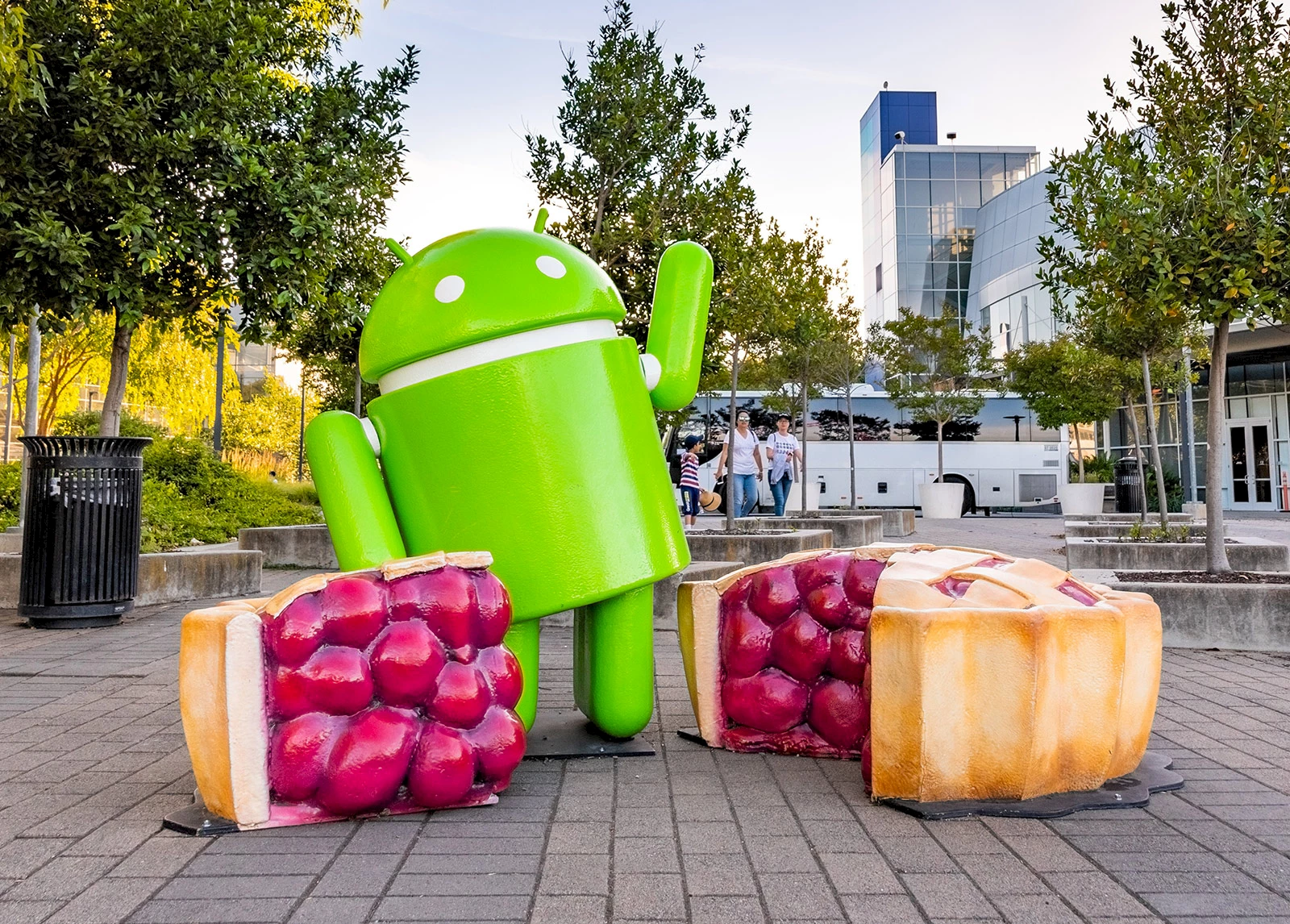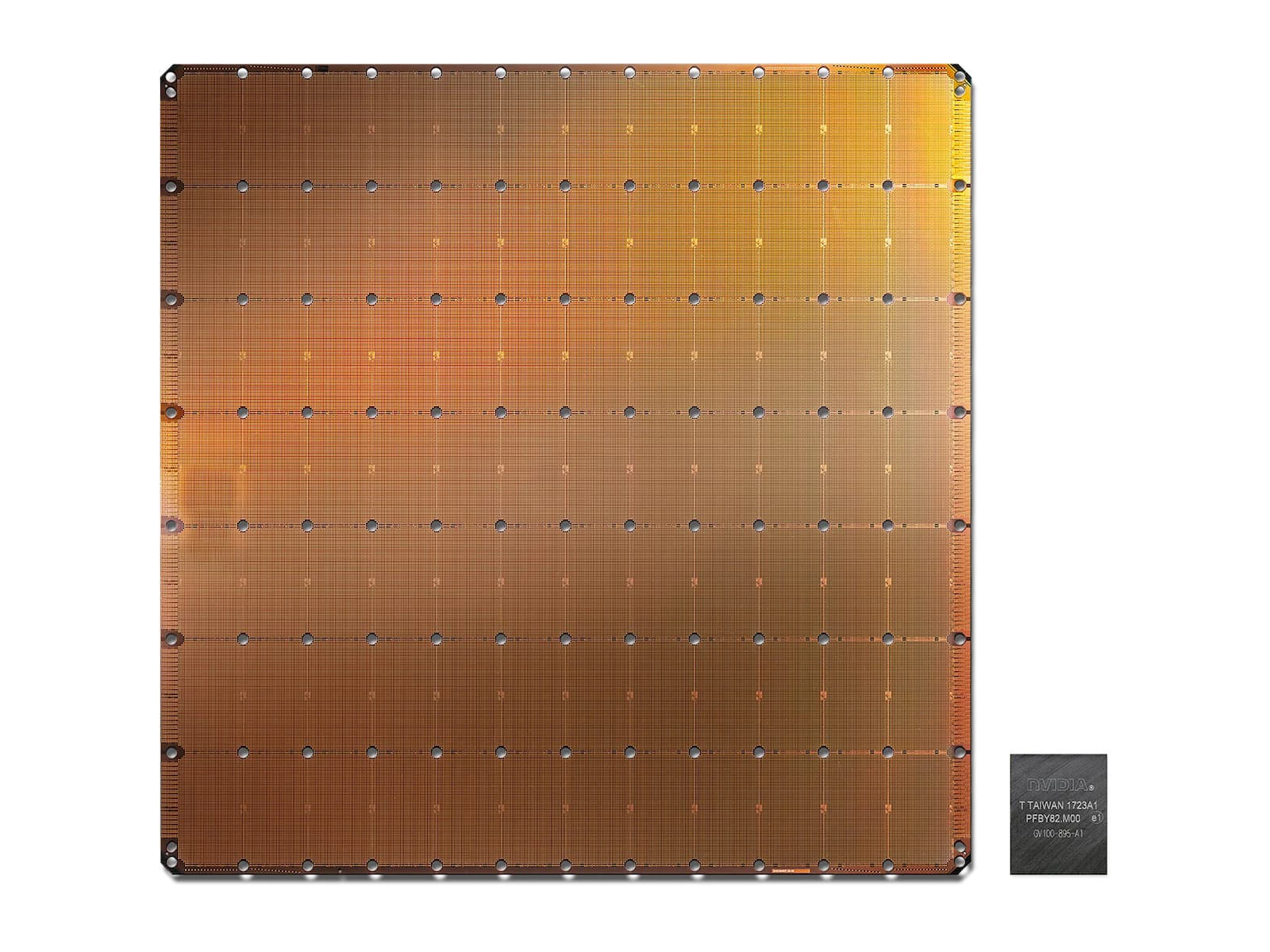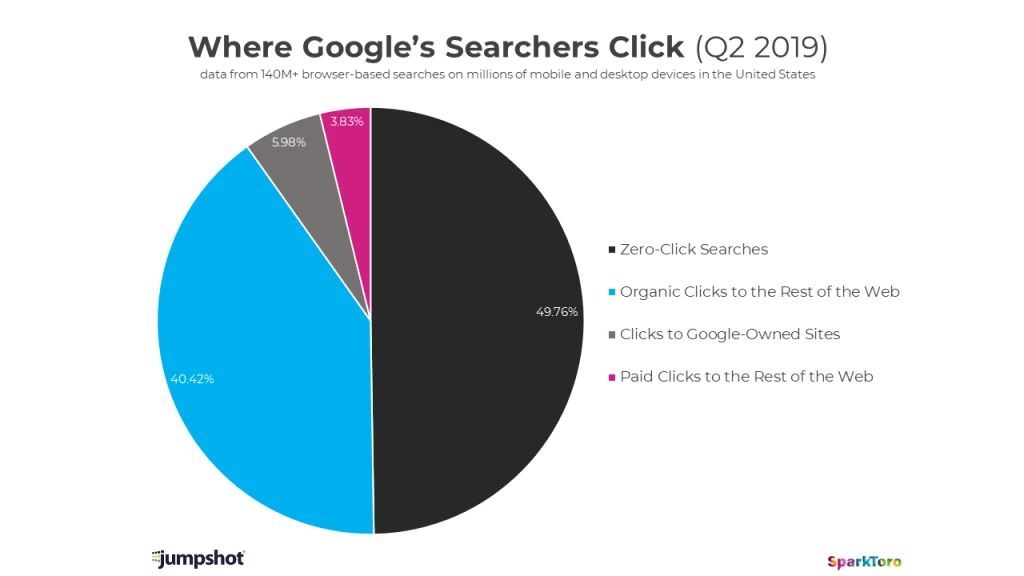Weekly Tech Recap - № 228 - Sugar-free Android, Cerebras mega-chip, autonomous scooters, real-time in-camera VFX

Android privé de sucreries

Android Pie sculpture at the Googleplex, Mountain View. © iStock.
Until today, the successive versions of the Android operating system had their own, sweet codenames, working their way down the alphabet. Version 8.x was Oreo, coming after Nougat (7.x), which itself followed on Marshmallow (6.x). It seems that this is now just a sweet memory, since the next version of Android will be blandly called Android 10, with no codename, sweet or savoury. This decision comes in the wake of an image revamp at a time when, coincidentally, Google’s engineers were going to have to try to find a treat starting with Q. As part of the new look, the Android logo was updated and comes with a new colour palette that we should find in the next version’s interface. Happily, this Borg-like corporate compliance regime hasn’t (yet) managed to assimilate the little green droid.
⇨ The Keyword, “A pop of color and more: updates to Android’s brand.”
⇨ ArsTechnica, “Unsweetened: Android swaps sugary codenames for boring numbers.”
Cerebras mega-chip

Cerebras vs Nvidia. © Cerebras Systems.
Wafer Scale Engine (WSE), the chip developed by California startup Cerebras and introduced at Stanford University’s Hot Chips conference, is a mastodon. In fact, it’s the largest ever built, with a surface of 46.22cm2, 400,000 cores and a whopping 18GB of SRAM. This behemoth is intended for AI applications, more specifically for deep learning. One of the production challenges to overcome was the need for perfection, when the smallest imperfection in the silicon wafer can cause the failure of the entire chip. And since the larger the surface, the more likely the error… It is just about impossible to print billions of transistors error-free. When producing more than a hundred processors on a wafer, a few defective chips don’t matter. But when you produce a single chip over an entire wafer, every chip is crucial. Cerebras overcame the problem through redundancy, by adding extra cores over the entire chip to act as back-ups for neighbouring cores. Cerebras, a little-known company with 173 engineers and 112 million dollars in venture funding, discreetly developed the processor over the last few years. According to Fortune, the first commercially-produced units will be available in September, while some prototypes have already been delivered.
⇨ IEEE Spectrum, “6 things to know about the biggest chip ever built.”
⇨ TechCrunch, “The five technical challenges Cerebras overcame in building the first trillion-transistor chip.”
Autonomous scooters

KickScooter T60. © Segway-Ninebot Group.
Chinese company Segway-Ninebot Group has unveiled new products, including the KickScooter T60, a three-wheeled electric scooter that uses AI to autonomously return to its charging station. These smart scooters are intended for scooter fleet operators like Bird, Jump, Lime and Lyft that are popping up in major cities all over the world. The scooters’ autonomous driving function means that they can reposition themselves, instead of being manually collected and moved. Created in 2015 from the merger of Chinese electronics manufacturer Ninebot and American company Segway, Segway-Ninebot Group quickly became one of the main manufacturers of electric scooters for shared fleet startups, selling 1.6 million scooters in 2018. The KickScooter T60 should sell for 10,000 yuans (USD1,420), far more than the company’s classic scooters, which sell to scooter operators for USD100 to 300.
⇨ YouTube, “Segway Ninebot KickScooter T60.”
⇨ TechCrunch, “Segway-Ninebot’s new scooter drives to its docking station for a recharge.”
⇨ Reuters, “China’s Ninebot unveils scooters that drive themselves to charging stations.”
Clickless majority

Googleplex. © iStock.
Less than half of Google searches now result in a click, according to a report by Rand Fishkin of digital marketing company SparkToro. And the figure for mobile searches is even worse, with two-thirds of all searches coming up clickless. In the second half of 2019, for mobile and desktop searches combined, 49.76% of searches were clickless, 5.98% led to other Google sites like Google Maps or YouTube, 3.83% resulted in a click on sponsored links and just 40.42% led to the “Rest of the Web”. This means that Google is turning into a closed ecosystem and that most users find the answer to their request without having to visit any third-party websites. All told, 94% of all searches are performed on Google-owned sites. Its biggest competitor, Microsoft’s Bing, garners just 1.18% of all clicks.

⇨ SparkToro, Rand Fishkin, “Less than half of Google searches now result in a click.”
Real-time in-camera VFX

© Epic Games, Inc.
At the SIGGRAPH conference, the Unreal Engine team presented an impressive real-time VFX technology that could change the way films are made. This technology could be a game changer and make the chroma keying (green/blue screen) obsolete. For this new system, the studio is equipped with four giant LED panels (three walls and a ceiling) to serve as a background. The four LED panels are powered by nDisplay to render the Unreal Engine project simultaneously on all displays. Different SkyPanel ARRI lights allow you to match the “real subject” lighting and the background lighting in real time. Sensors on the camera are linked to the Unreal Engine. In this way, the Unreal Engine 3D background moves according to the camera position (and focal length) in the space.
⇨ YouTube, “Real-time in-camera VFX for next-gen filmmaking.”
⇨ Cinema5D, “Real-time in-camera VFX could be the green screen future.”
